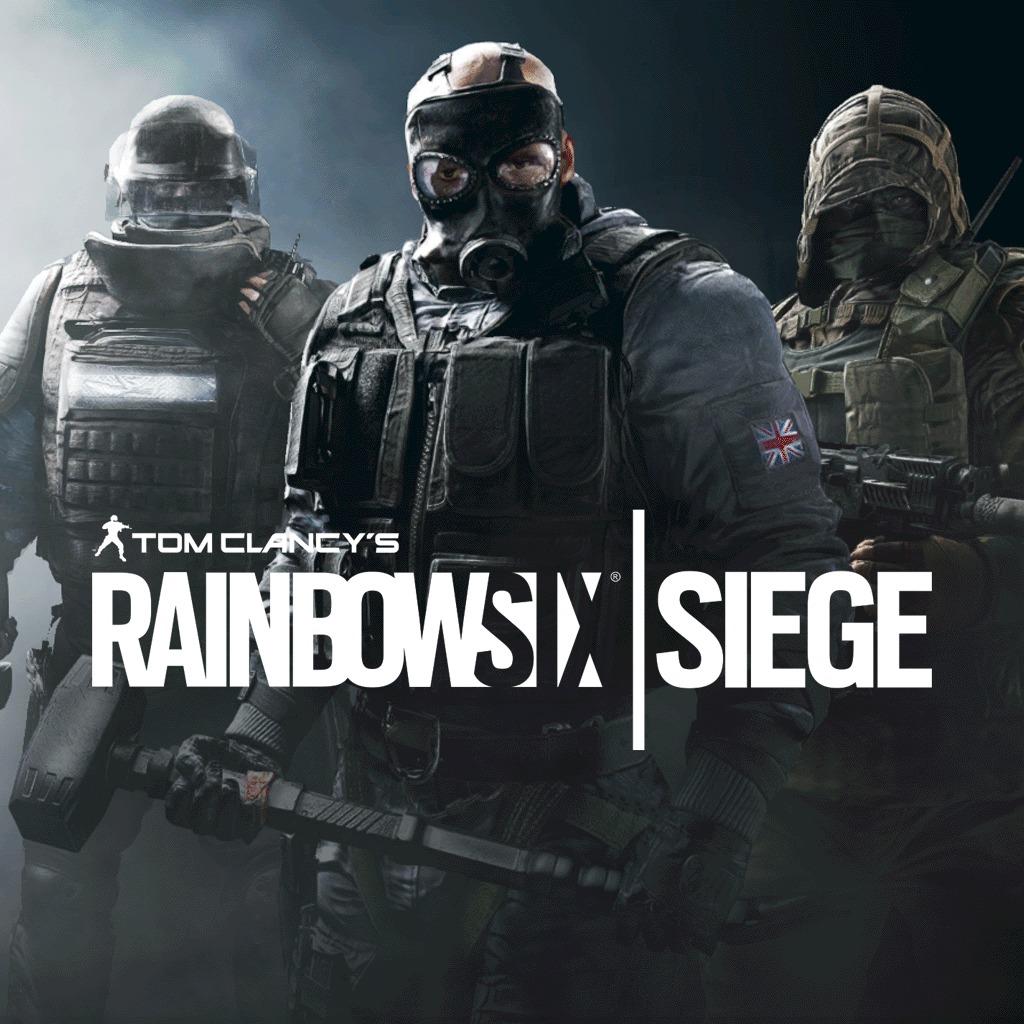Rainbow Six Siege 'The Grand Larceny' is a throwback to the Siege that never came to be
Ubisoft's limited-time "The Grand Larceny" event provides a glimpse into the Rainbow Six Siege that never made it to launch.
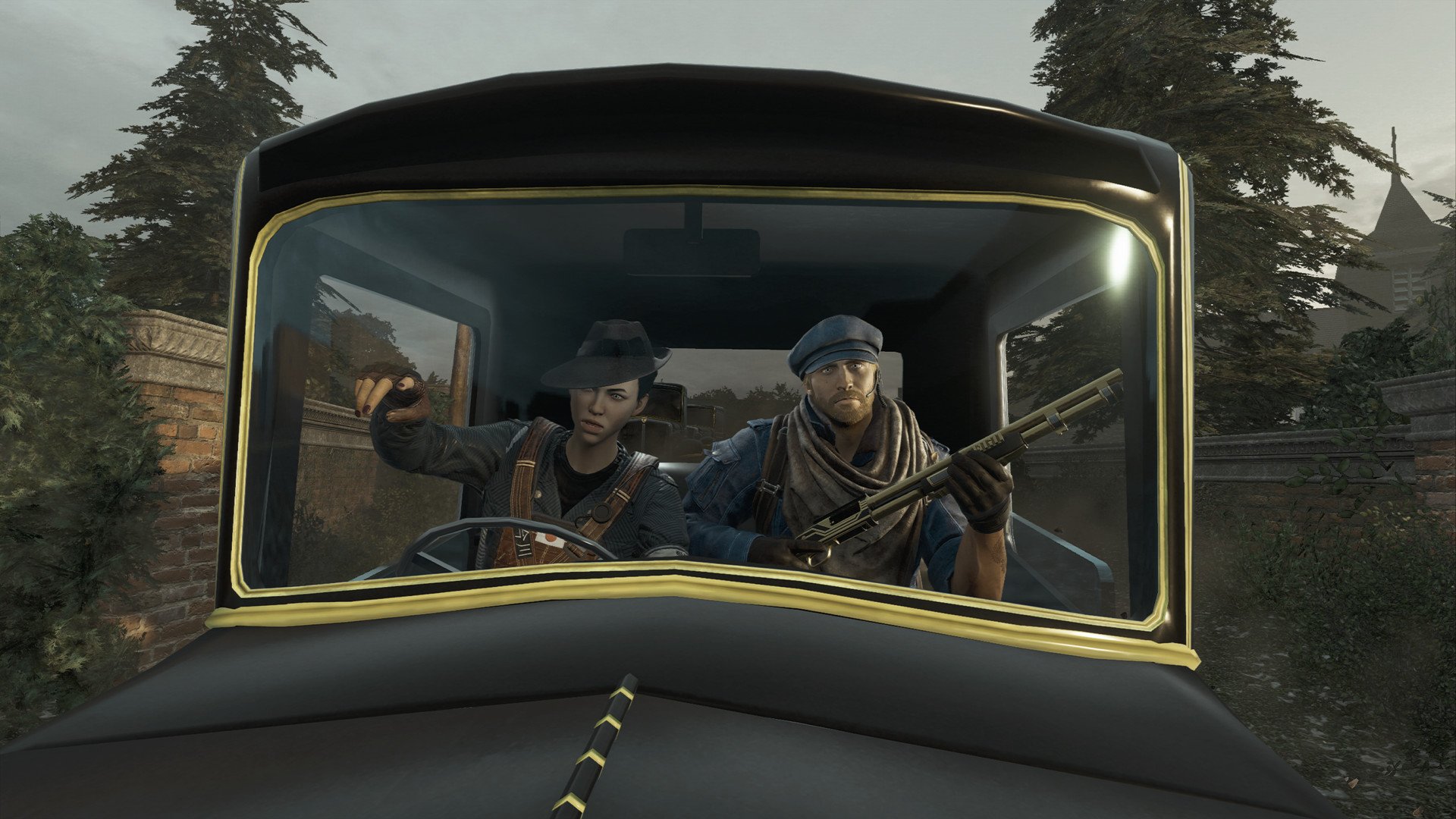
Tom Clancy's Rainbow Six Siege has changed a lot over the years, further distancing itself from the series' legacy, and carving itself a unique position amid competitive-geared tactical shooters. Even measuring up the game's E3 2014 appearance against the final launch product, it saw drastic shifts in tone and gameplay focus. Rainbow Six Siege is arguably better as a result but left behind some unexplored elements from the early vision.
Ubisoft revives a segment of pre-release prototypes with its new "The Grand Larceny" event, a limited-time mode extending upon Operation Void Edge. The midseason mode reskins the Operator roster as early 20th-century gangsters, breaching and swiping safes. And although different from the Rainbow Six Siege we know, several underlying concepts all tie back to ideas from before its reveal.
The Rainbow Six Siege that never came to be
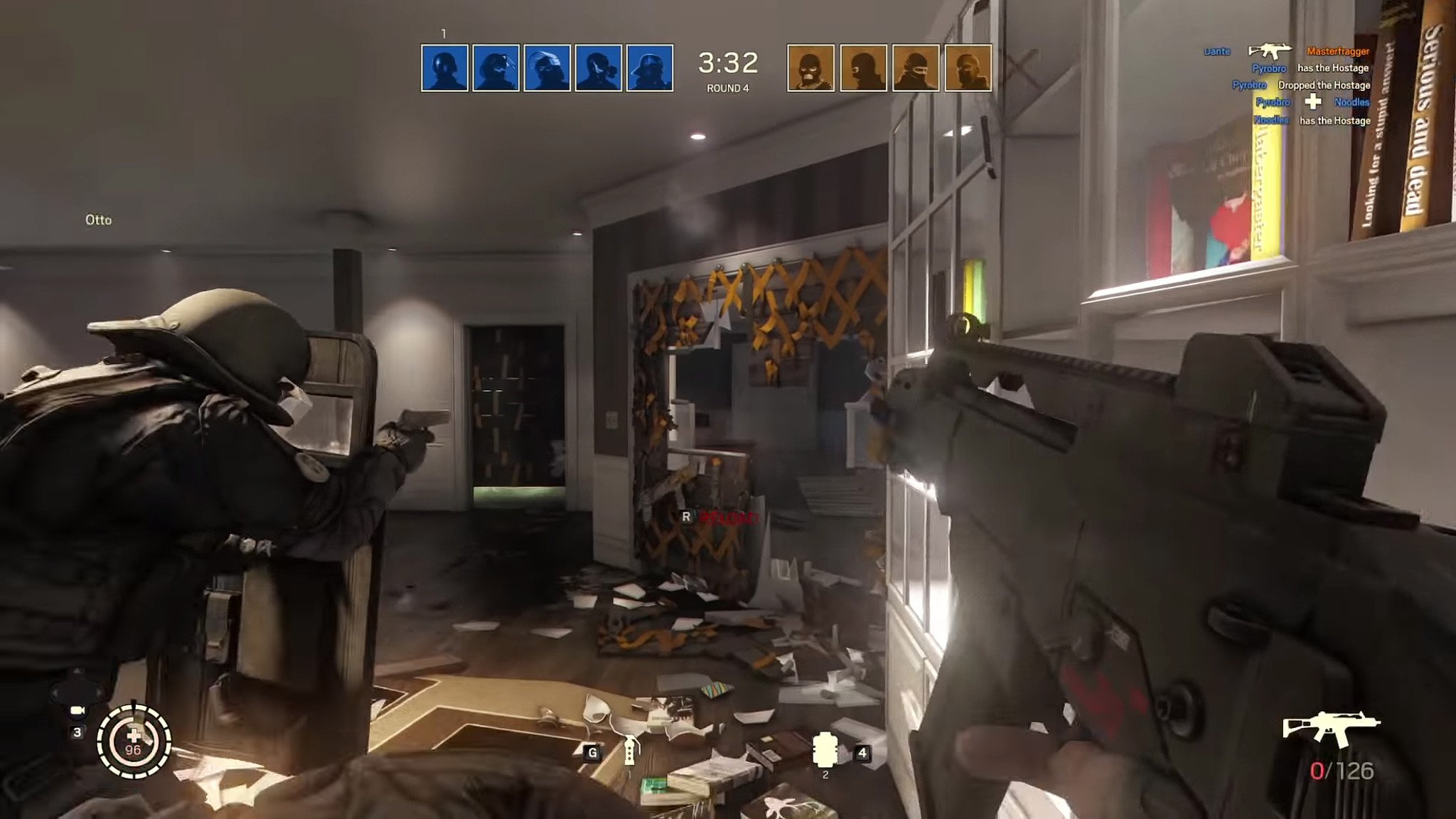
There's a lot wrong about Rainbow Six Siege's initial E3 2014 demo, especially in contrast to its current form available today. The night-time setting and use of volumetric lighting set a dramatic tone, with heavy use of particle effects from dust and smoke, obfuscating lines of sight. Ubisoft still hadn't settled on hero-style Operators, instead featuring faceless counterterrorism and insurgent squads. The game also featured a less restrained destruction sandbox, which, while remarkable from a visual standpoint, failed to gel with the hyper-competitive vision for the title.
The latter half of this vertical slice sees the attackers attempting to enter the Training Room, opting to breach from above via the Living Room above. The destruction model used at the time allowed players to fully open floors from above and below, with the breach charge creating a large opening to shoot and drop between levels freely.
That's a vast difference to the final version of Rainbow Six Siege, once Ubisoft found players cutting off sizeable portions of the map in early playtests. That final implementation was better geared to the competitive scene, switching out this unrestrained vertical destruction for set hatches, and established robust lanes for vertical movement. Other examples of destructible flooring were swapped with "light of sight floors," featuring metallic beams to bar player access, but still providing tight angles to land shots between levels.
'The Grand Larceny' hits Rainbow Six Siege
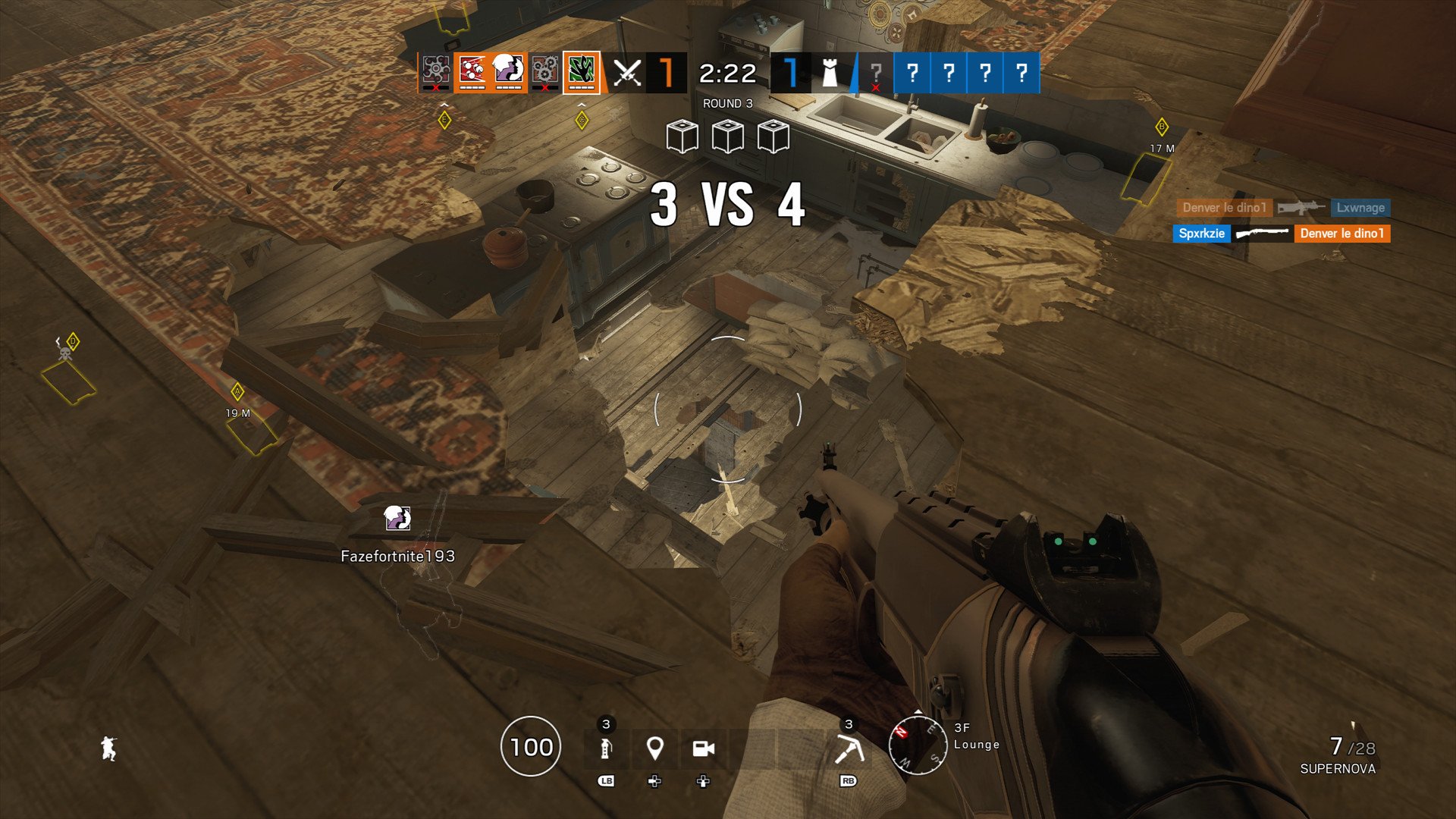
The arrival of The Grand Larceny provides a glimpse into the Rainbow Six Siege that never was, echoing several axed components of Ubisoft's original vision, but now repurposed via a limited-time event centered on a gang dust-up. The pre-war backdrop stages a casual objective-based mode, where attackers secure safes across the map, and defenders repel the heist. That includes one defining twist, exploring full vertical destruction as seen in the initial E3 pitch.
The mode takes place on a remodeled version of the original Hereford Base, coincidentally the first prototyped map during the early stages of Rainbow Six Siege development. While the design failed to translate to the modern gameplay meta, leading Ubisoft to rework the locale with Operation Grim Sky, lovable quirks of the original floorplan thrive in this mode.
Get the Windows Central Newsletter
All the latest news, reviews, and guides for Windows and Xbox diehards.
Hereford Base was initially designed to highlight the verticality of Rainbow Six Siege combat, stacking four floors surrounded by countless points of entry. The tiered design serves as an ideal pairing with the destruction model, providing new opportunities for players to scale way up and down the building. And while far from competitively viable, reinforcing Ubisoft's decision to exclude soft floors and ceilings from the base game, the mode brings a radical shakeup to the dynamics of combat and objective play.
And with every Operator mandated a shotgun in this mode, boasting increased destruction, it cranks the experience to 100.
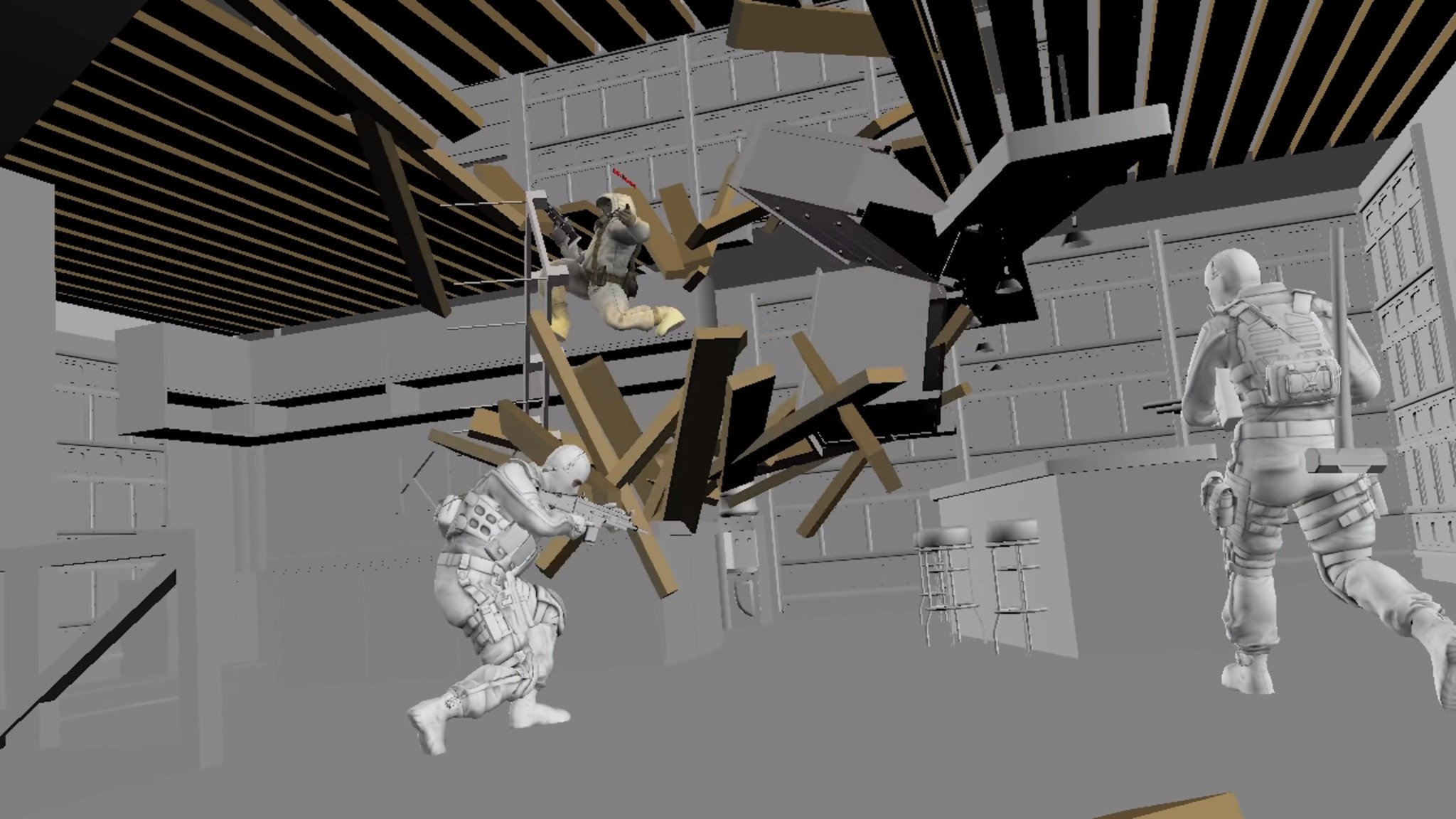
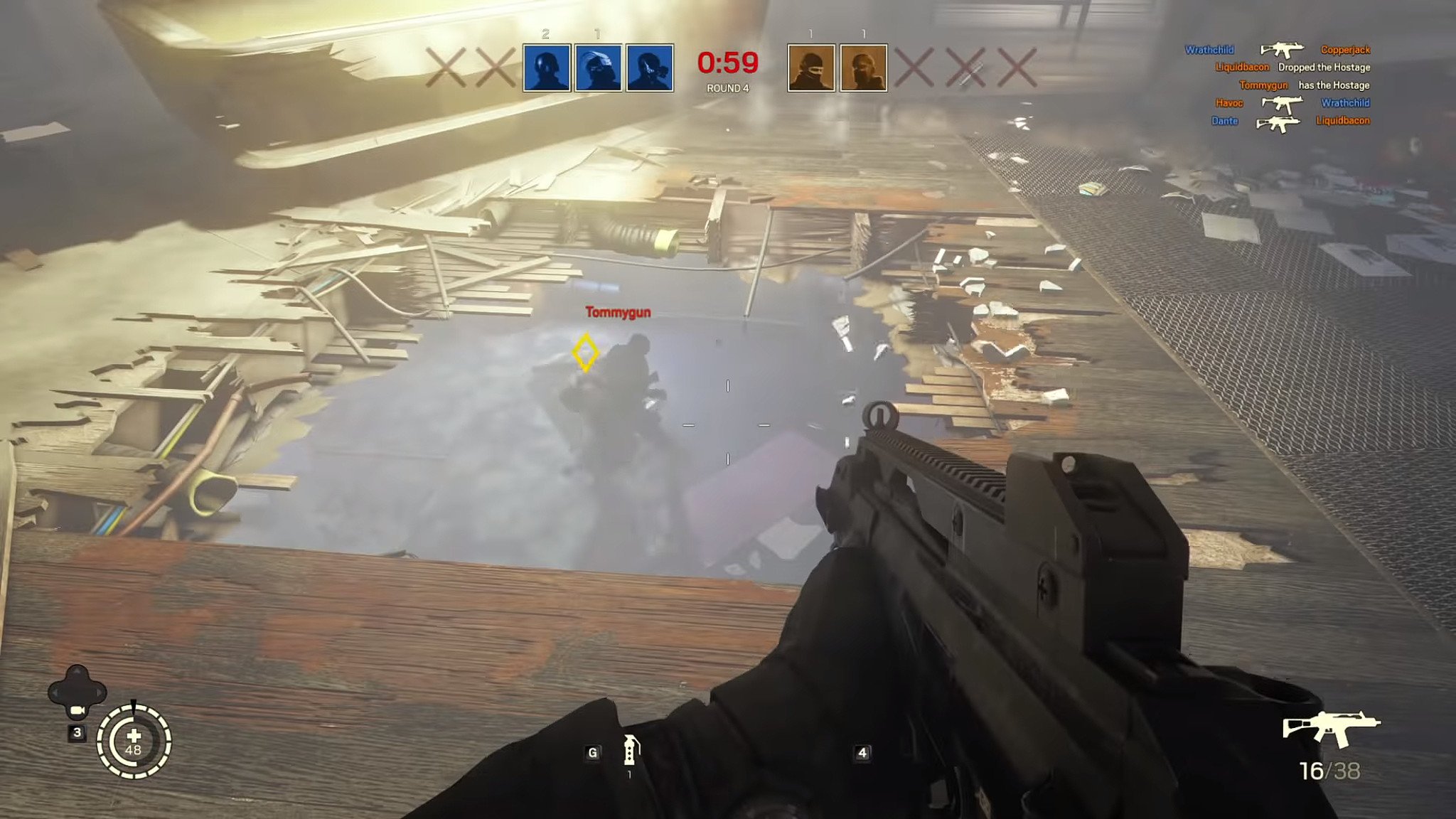
Ubisoft also supports its return with the same physics from early builds, notably allowing safes to fall through destroyed flooring, onto the level below. While partially required to balance the mode, preventing explosives from leaving objectives inaccessible, it also allows attackers to swipe the safe from below. Creative vertical angles through multiple floors also encourage unpredictable gunfights — fighting between four stories takes Siege's verticality to a new level.
The upshot of these elements is a casual midseason celebration bridging the gap into Year 5 Season 2. But, examining those core mechanics, it revisits early Rainbow Six Siege concepts, now long forgotten. Those forgotten builds have been the source of several content additions since Rainbow Six Siege launched, but retooled around progression in gameplay.
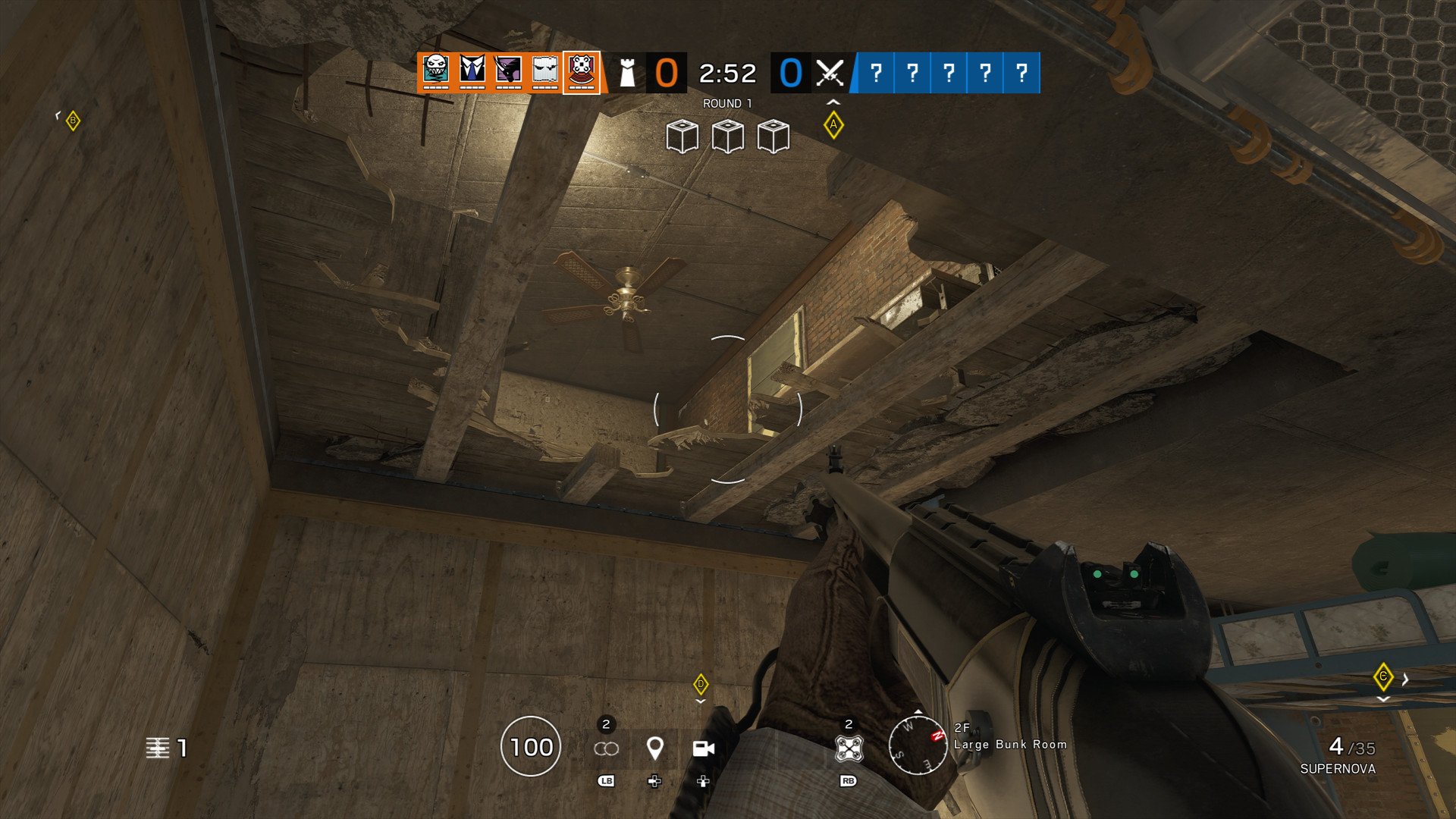
Early builds allowed shield-wielding Operators to charge through walls, later revisited with Oryx in 2020. The E3 reveal also starred a hovering drone for surveillance, not too dissimilar from the EE-ONE-D used by Lion. Ubisoft could continue that philosophy moving forward, with other abandoned concepts like varied drone types and mid-round respawns prime for revival in future updates.
The Grand Larceny provides yet another thrilling mid-season addition to Rainbow Six Siege, available from May 5 through May 19, through a dedicated Discovery playlist. The arrival of the mode couples with a new look for Hereford Base, alongside just short of a dozen limited-time gangster-themed skins. It's available now for free, spanning Xbox One, PlayStation 4, and Windows PCs.
Matt Brown was formerly a Windows Central's Senior Editor, Xbox & PC, at Future. Following over seven years of professional consumer technology and gaming coverage, he’s focused on the world of Microsoft's gaming efforts. You can follow him on Twitter @mattjbrown.
